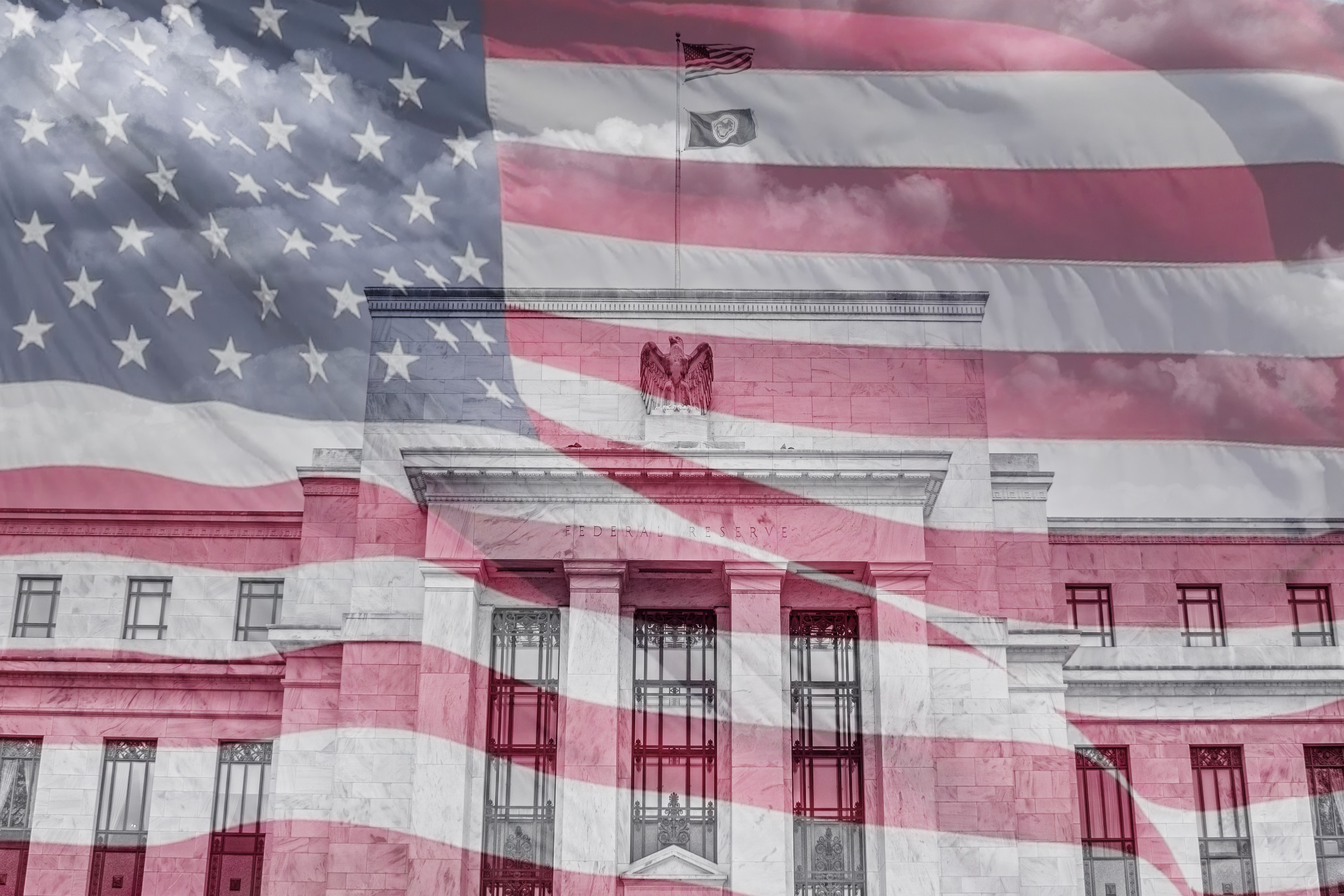Quick View – The Fed’s unanswered question: Just a skip, or a pause?

While the Federal Reserve’s (Fed) first Open Market Committee (FOMC) meeting of 2025 was expected to deliver few fireworks as investors anticipated status quo on rates, the accompanying statement and Chairman Jerome Powell’s comments offered much to ponder in terms of future monetary policy direction amid an evolving economic backdrop and noteworthy political developments.
We interpret the Fed’s statement as a continuation of the hawkish shift that occurred at its December meeting. Reinforcing this was the removal of the reference to “progress on inflation” found in the Fed’s previous statement. That alone causes us to question whether the Fed decision’s to not lower its policy rate for the first time in four meetings is a skip – meaning cuts will eventually resume – or a pause – a scenario that leaves the door open that this easing cycle may have reached its conclusion. A pause should not be interpreted as rate hikes being imminent, especially as the current level can still be viewed as restrictive.
A bias in the dual mandate
While some underlying data such as job openings and quits have indicated patches of labor market softness, the headline payrolls data and unemployment rate have stabilized – at a still low level – in recent months. Yet with economic resilience comes the risk of inflation finding a second leg.
Data bear this out, as the headline personal consumption expenditure (PCE) price index has risen from 2.1% to 2.4%, and the Fed’s favored gauge that excludes volatile food and energy climbed from 2.6% to 2.8% between June and November. In this respect, a steady labor market could give the Fed cover to maintain its December shift toward focusing on inflation.
An eye toward Pennsylvania Avenue
Chairman Powell framed the Fed’s current stance as “well positioned” to respond to future economic developments. A more apt description is they are in limbo. And rather than simply observing how the labor market and prices continue to adjust to the earlier 100 basis points (bps) worth of cuts, the central bank has little choice but to factor in the potential ramifications of the Trump administration’s economic agenda. While Mr. Powell was tactful in stating that the Fed must incorporate potential policy shifts for every incoming administration, the breadth that President Trump’s agenda – if taken at face value – could impact the economy cannot be understated. Areas that bear monitoring are tariffs, fiscal policy, immigration, and regulation.
Pricing in uncertainty
While broader markets would welcome the pro-growth components of the administration’s economic platform, the decidedly inflationary aspects – with potentially little economic upside – would only inject additional volatility into the outlook for rates and fixed income markets. The markets, it must be noted, have already reacted, as a potential Trump victory was behind the late-year selloff in Treasuries, despite the consensus expectation for the commencement of a rate-cutting cycle.
Looking forward, while the Fed’s rhetoric may emphasize its dependence on data and separation from fiscal policy, it recognizes – especially after the pandemic-era fiscal blowout – that it does not operate within a vacuum and that government actions (or overreactions) can greatly influence its policy trajectory.
We expect a certain amount of rate volatility until the details of President Trump’s policies are further articulated. Already, forward-looking markets have backed off the number of rate cuts they expect for 2025, with the current expected tally being two 25 bps cuts. We consider the policy rate at 4.5% already restrictive given a core PCE of 2.8%. Maintaining the status quo can either be viewed as a vote of confidence that the pro-growth aspects of the Trump administration’s policy will extend the economic cycle by maintaining – or raising – real growth rates, or the Fed believes the more inflationary aspects merit continued restrictiveness.
Holding pattern
Given the expected volatility and the uncertainties surrounding trade policies and the economic agenda of the Trump administration, opportunities will likely emerge for nimble investors. The key will be to closely monitor developments, both in terms of economic data and policy announcements, to navigate the potentially choppy waters of 2025 effectively.
Investors should pay especially close attention to the Fed’s March announcement, as it will provide an updated Summary of Economic Projections, providing greater visibility into the Trump administration’s economic agenda.
Although the U.S. Treasuries curve is no longer inverted, sputtering progress on inflation and policy uncertainty lead us to believe that it’s not the time to add duration. Instead, we think the front end of the curve is a prudent place to concentrate portfolios until the economic and policy directions become clearer.
